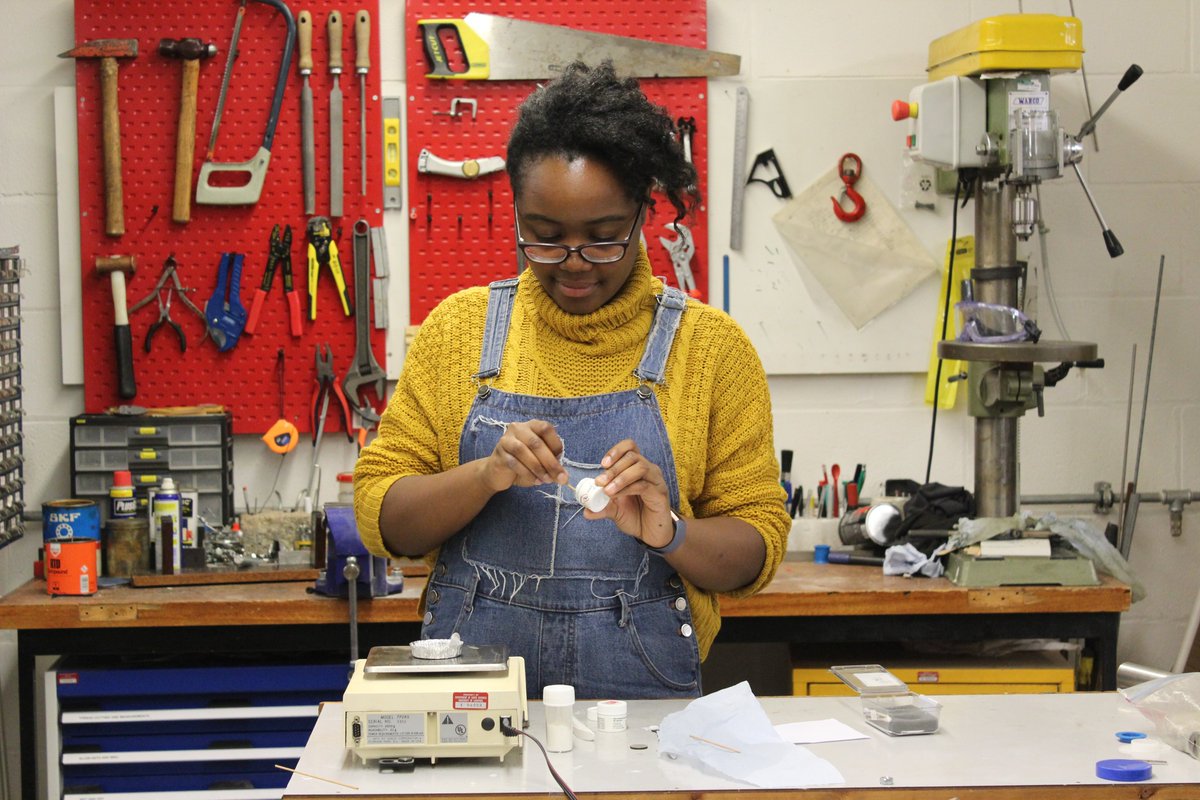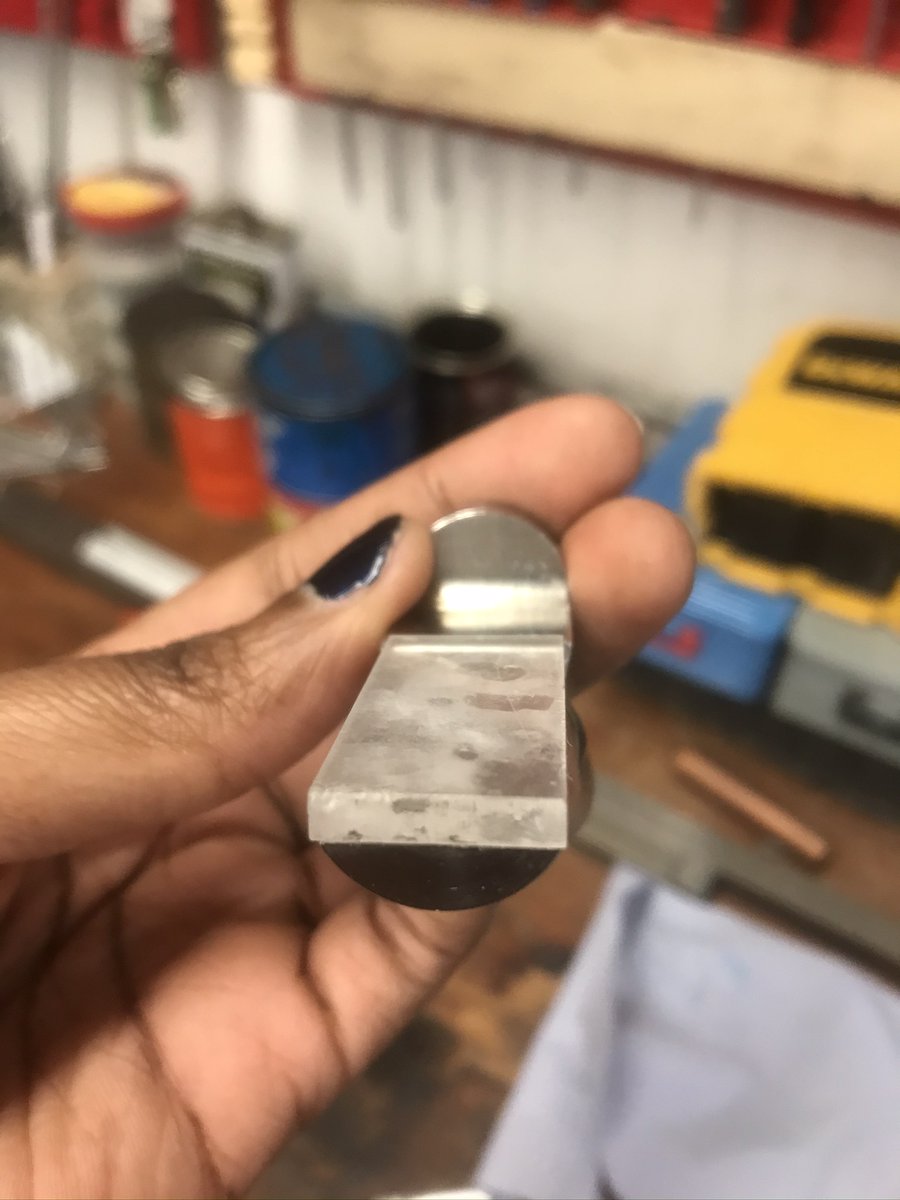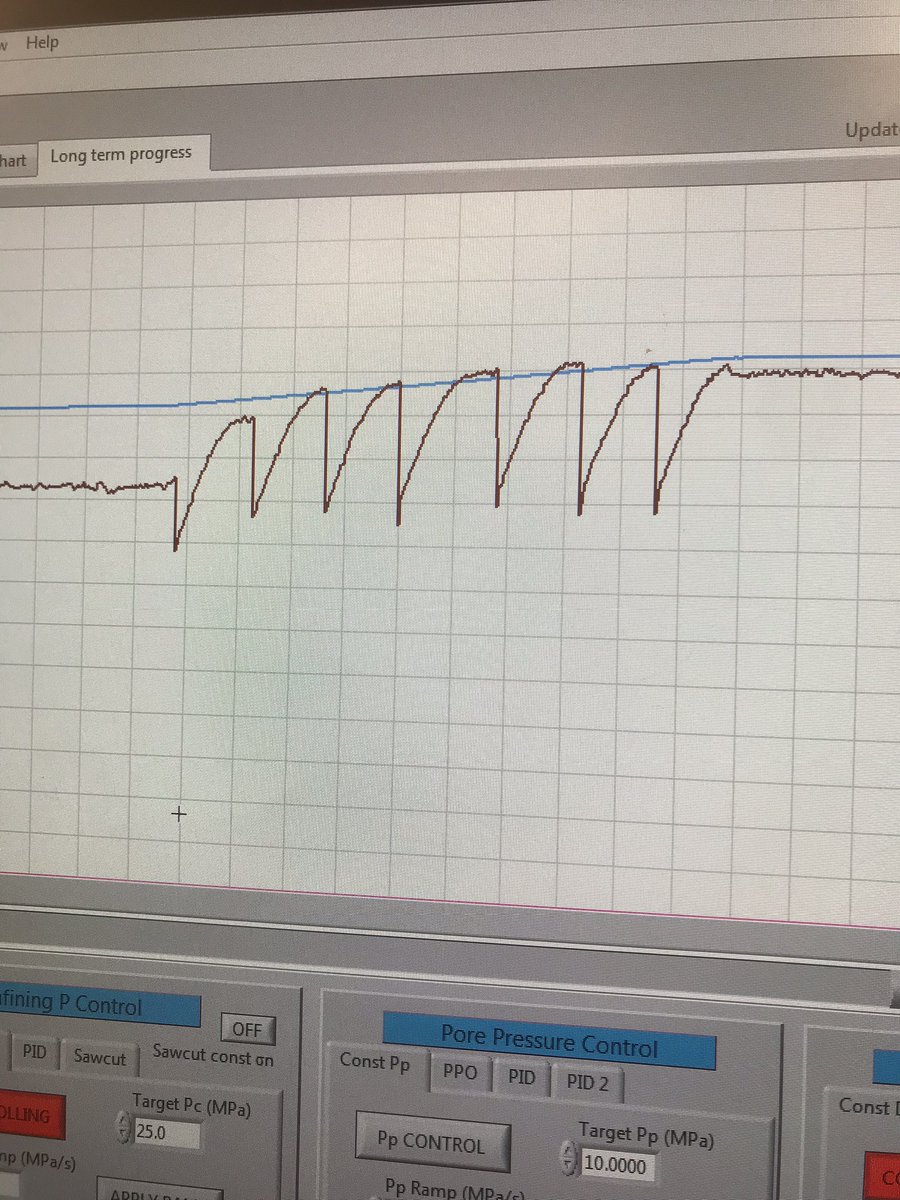My project working-title is: "Journey to the centre of the earthquake: what affects earthquake source properties and radiated wavefields"? Yes, that& #39;s named after the film.
Earthquakes are caused when stress builds up, accumulates and is suddenly released at a fault interface. While we generally understand how they& #39;re caused, there& #39;s still great uncertainty about the earthquake source - the small patch on which earthquakes nucleate (starts).
I aim to understand more about earthquake source properties such as the amount of sudden stress release (stress drop), speed that the earthquake continues at (rupture velocity) and more! Source properties control the magnitude and frequency of earthquakes so key to understand  https://abs.twimg.com/emoji/v2/... draggable="false" alt="🤓" title="Nerd face" aria-label="Emoji: Nerd face">
https://abs.twimg.com/emoji/v2/... draggable="false" alt="🤓" title="Nerd face" aria-label="Emoji: Nerd face">
But how can we measure source properties? We can& #39;t easily directly measure them on natural faults while earthquakes occur, so instead we can use analogue experiments in the lab to re-create natural conditions  https://abs.twimg.com/emoji/v2/... draggable="false" alt="👩🏾🔬" title="Woman scientist (medium dark skin tone)" aria-label="Emoji: Woman scientist (medium dark skin tone)">
https://abs.twimg.com/emoji/v2/... draggable="false" alt="👩🏾🔬" title="Woman scientist (medium dark skin tone)" aria-label="Emoji: Woman scientist (medium dark skin tone)">
In the @livrockdef lab, I use high-pressure frictional experiments on rock analogues (Perspex) as they behave similarly to rocks and are less stiff, meaning I can generate very(!) small earthquakes in the lab. I slide these samples together, similar to how fault rocks slide.
These "labquakes" as I like to call them are known as stick-slip behaviour. Stick-slips look like this! You can clearly see the build up of stress and sudden stress drop, similar to natural earthquakes.
Don& #39;t panic! These "labquakes" are extremely tiny and cannot be felt, only heard. Here& #39;s one I generated pre-lockdown, they make a popping sound:
Analogue experiments can be very useful but it& #39;s always important to use them alongside natural observations and modelling!
I measure properties of these stick-slips to better understand how and under what conditions they& #39;re generated. At the moment, I& #39;m writing computer code using Matlab to gather data on acoustic emission waves generated before, during and after labquakes.
Acoustic emissions highlight micro-scale fracture and studying their evolution gives us a better idea about stress evolution! Presently I& #39;m working to find the absolute magnitude of these emissions using sensor calibration experimental data I collected just before shutdown.
I also plan to model waveforms emitted during labquakes - currently using a finite-element model but starting with basic shapes for now  https://abs.twimg.com/emoji/v2/... draggable="false" alt="😅" title="Smiling face with open mouth and cold sweat" aria-label="Emoji: Smiling face with open mouth and cold sweat">
https://abs.twimg.com/emoji/v2/... draggable="false" alt="😅" title="Smiling face with open mouth and cold sweat" aria-label="Emoji: Smiling face with open mouth and cold sweat">

 Read on Twitter
Read on Twitter




